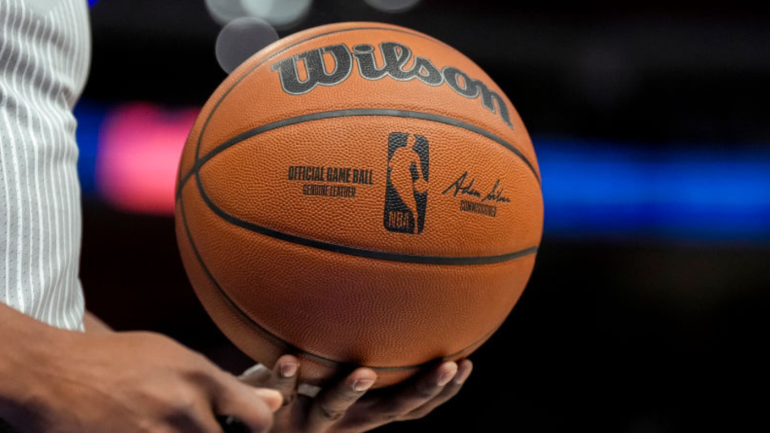
In the grand scheme of things, the NBA is in a period of unbridled financial growth. The salary cap for the 2023-24 season—roughly $136 million—is roughly 2.3 times higher than it was a decade earlier. The highest-paid player in the NBA that season, Kobe Bryant, would rank 44th now, and no other player would rank in the top 60. On balance, NBA revenue and player salaries are rising significantly. But that doesn't mean growth is infinite.
ESPN's Adrian Wojnarowski reported Tuesday that the NBA is projecting a $141 million salary cap for next season. That's an increase on the current number... but it's $1 million below the previous projection of $142 million. It would also represent a cap increase of only around 3.6%. That is especially notable because the past two seasons have seen 10% increases to the cap, which is the most the cap can legally increase from year-to-year in the new CBA. Midseason cap projections have tended to be low in this era, with the final number representing that full 10% jump.
But this time around, the projections are suggesting that we should not expect another 10% jump next season. We can't peg an exact reason for that yet. This is, ultimately, a projection of a projection, as the cap is set during the league's moratorium period in July and is based on projected revenue for the upcoming season. The most obvious source of financial uncertainty for the league right now is its lack of a long-term media rights deal, but the current agreement lasts through the end of the 2024-25 season, so that money is locked in for next year.
A $1 million difference in the cap isn't going to affect plans for most teams in the short term. Even a team pursuing max cap space gets a bit of a break with the knowledge that max contracts are based on a percentage of the cap, so a lower cap means a lower max. But there was a point at which it seemed possible that the cap could jump 10% every single year for the foreseeable future. If that isn't the case, teams might be a bit more cautious in how much long-term money they are willing to dish out. A lower cap doesn't mean much for a single season, but if it creates a more cautious atmosphere, that is going to affect how much certain players get paid.
Wojnarowski also laid out a number of other key financial projections for the 2024-25 season. They are as follows:
- Minimum team salary: $127 million.
- Luxury tax line: $172 million.
- First apron: $179 million.
- Second apron: $190 million.
All of these numbers are subject to change until the July moratorium. We are dealing with projections here, so the truth could move things in either direction.


















